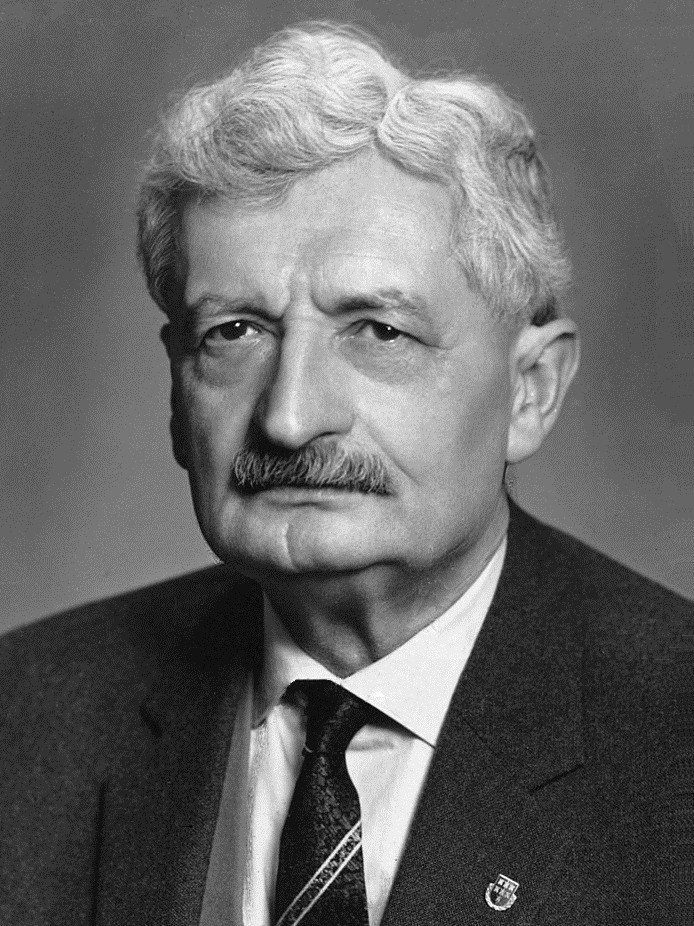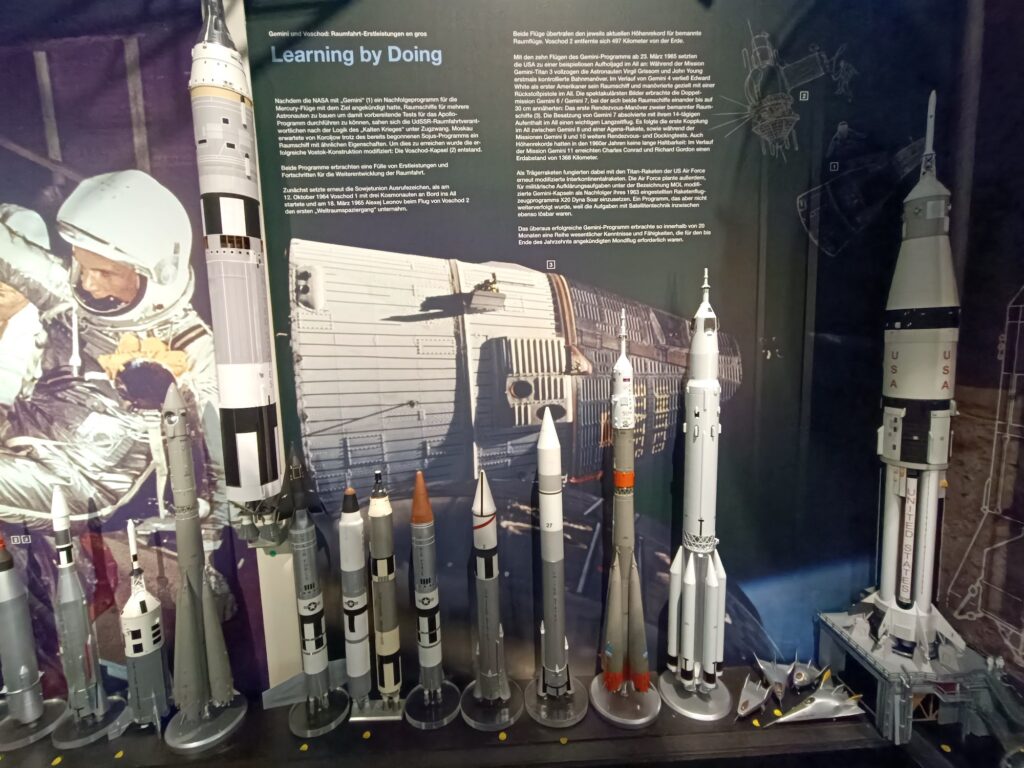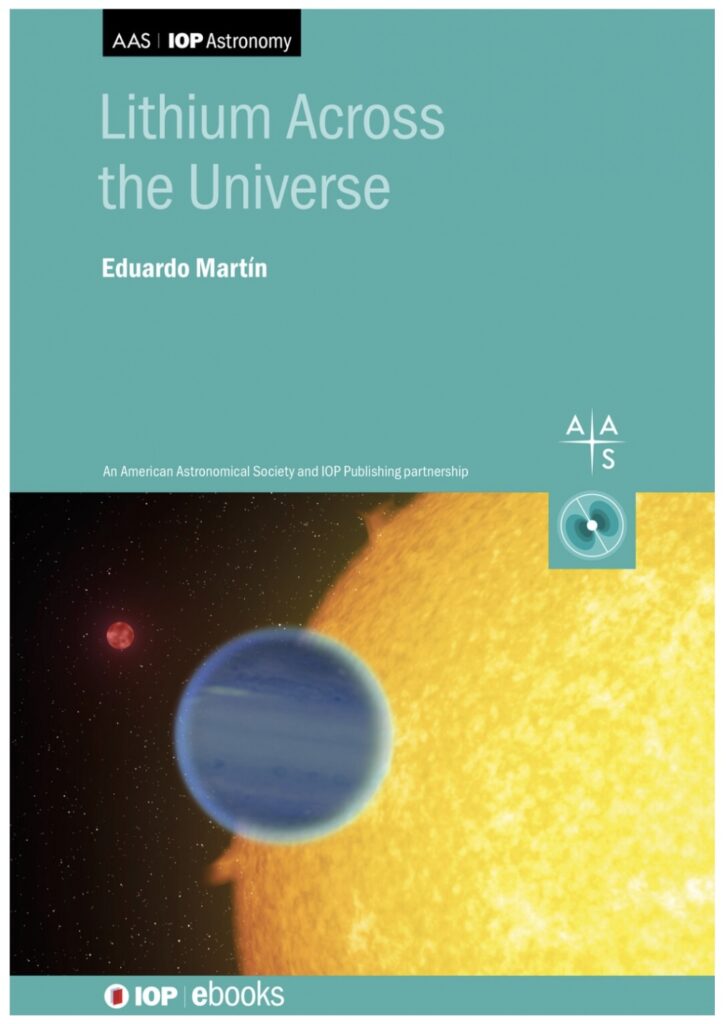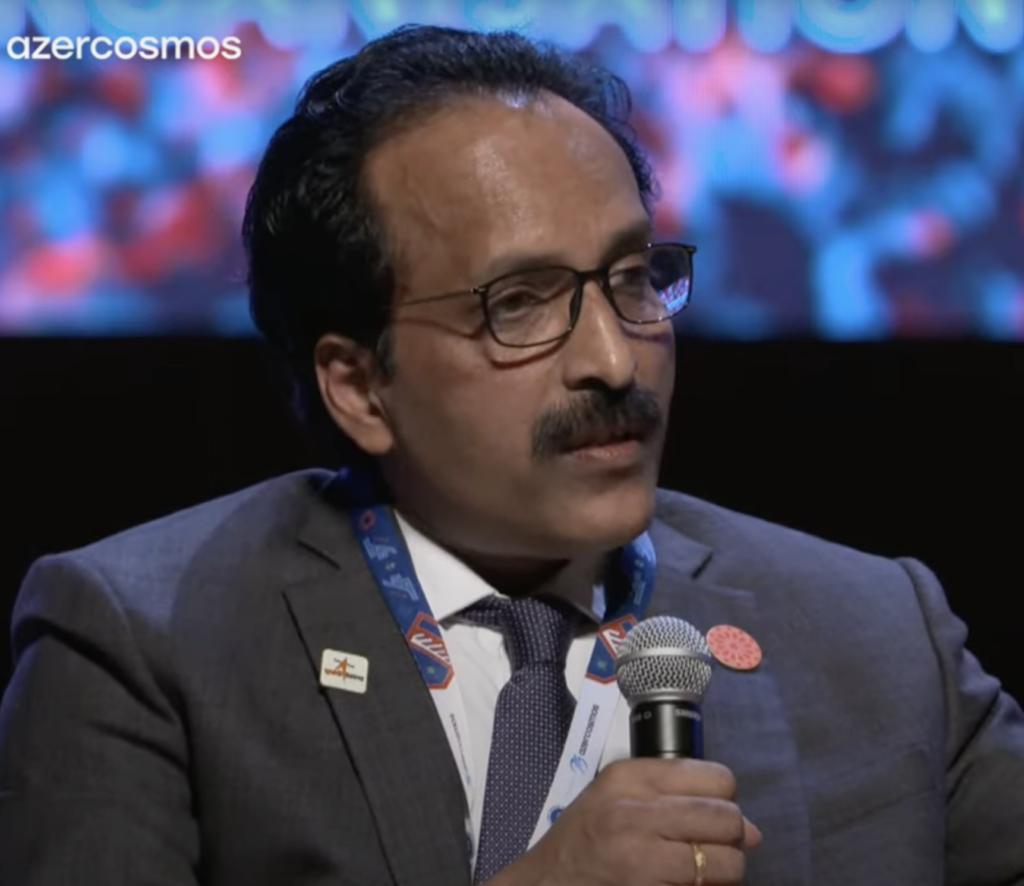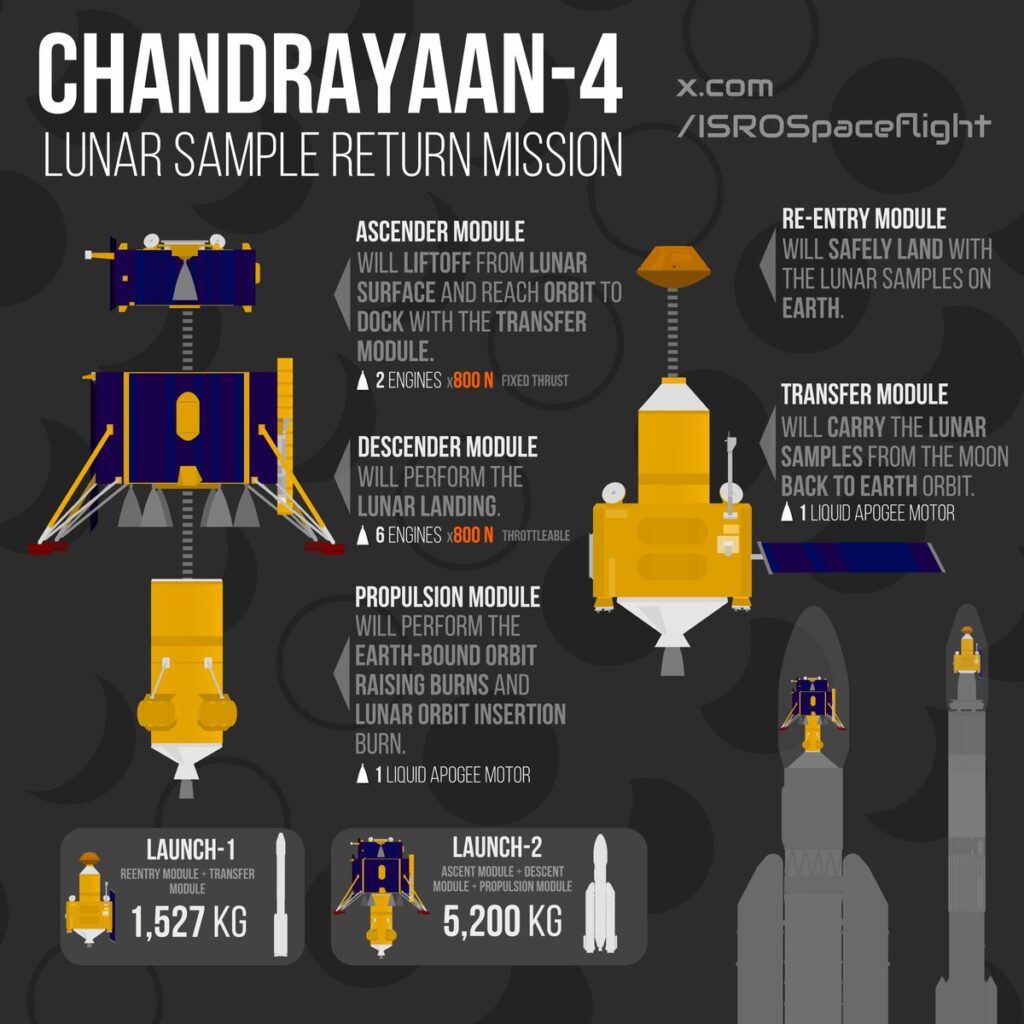
Between December 2023 and April 2024, I did a series of radio programmes for a local radio station – allfm.org. Called Pennine Pioneers of Science, the 8 programs profiled the lives and scientific achievements of 15 individuals associated with the north of England.
I will be continuing the live radio programs (every other Tuesday live at 1 pm on allfm.org) but with a focus on scientific research being undertaken today rather than in the past. This new series is available here.

Recordings of the radio programs, without the music tracks and adverts, are available to play or download below. On the grey horizontal bars below, click the arrow on the left to play or the three vertical dots on the right to download.

0: 14 December 2023 – Introduction to Pennine Pioneers of Science
The industrial revolution that spread across the globe started here in Manchester. It was science that made it possible.
In this short series of “Pennine Pioneers of Science” on Allfm.org I will profile the lives and achievements of people who have lived and worked where you and I live today. You may be familiar with names such as John Dalton (atomic theory), James Joule (energy), Ernest Rutherford (structure of the atom), Bernard Lovell (Jodrell Bank) and Alan Turing (first stored program computer). But the achievements of others such as physicist Gilbert Walker from Rochdale, J. J. Thompson from Cheetham Hill, astronomer William Crabtree from Salford and physicist James Chadwick from Bollington, are obscured by the mist of time.
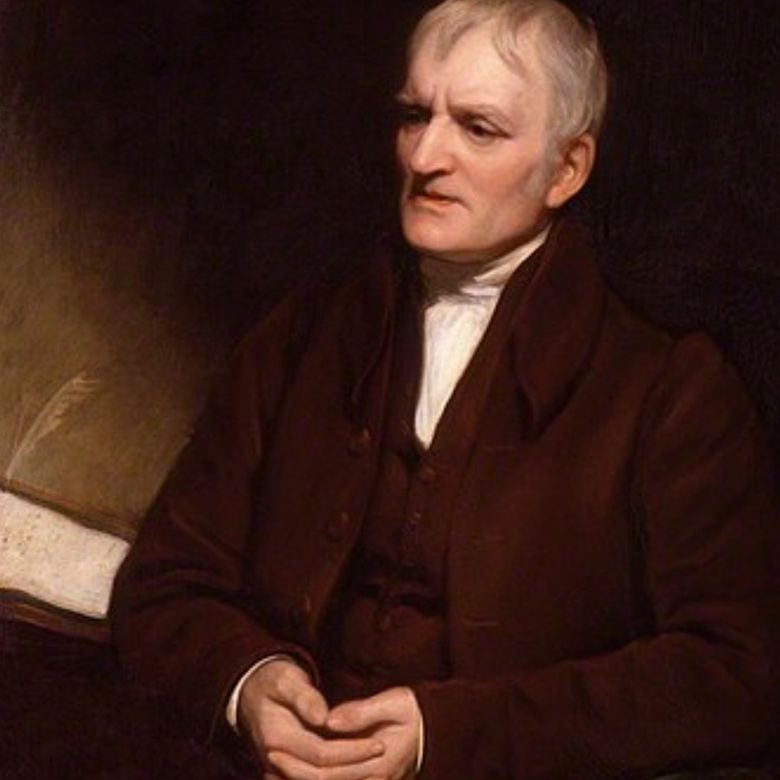
1: 9 January 2024 Joseph Priestley (1733 – 1804) John Dalton (1766 – 1844)
Joseph Priestley, born near Leeds discovered Oxygen had a tough time as a dissenter and in the end, had to leave for America where he is buried in Pennsylvania.
John Dalton, originally from near Cockermouth but spent most of his life in Manchester conducted research into colour blindness, something from which he and his brother suffered. He is best known for advancing the case of atomic theory.

2: 23 January 2024 – William Crabtree (1610 to 1644) and Jeremiah Horrocks (1618 to 164)
On Sunday 24th October 1939, William Crabtree in Salford and Jeremiah Horrocks (born in Toxteth) in Preston observed the planet Venus pass in front of the Sun, also known as a transit. Horrocks had calculated this would happen only a few weeks earlier and told Crabtree. Occasional breaks in the clouds on the day allowed them to see it. They were the only two in the world who saw it. The measurements they took then helped us understand the planets’ sizes and the solar system’s scale. There was a transit of Venus in 2004 and 2012. Here is my recording of the 2004 transit of Venus.

3: 6 February 2024 – William Lassell (1799 – 1880) and James Joule (1818 – 1889)
William Lassell, a brewer by trade designed built and operated some of the largest telescopes in the world during his lifetime from Liverpool. He understood the importance of location and took his telescopes to Malta to observe. He collaborated with James Naysmith in Manchester.
James Joule was born in Salford and lived in Whalley Range, Salford, Stretford and Sale. Conduct research in heat, and energy and came up with the first law of thermodynamics – energy cannot be created or destroyed.
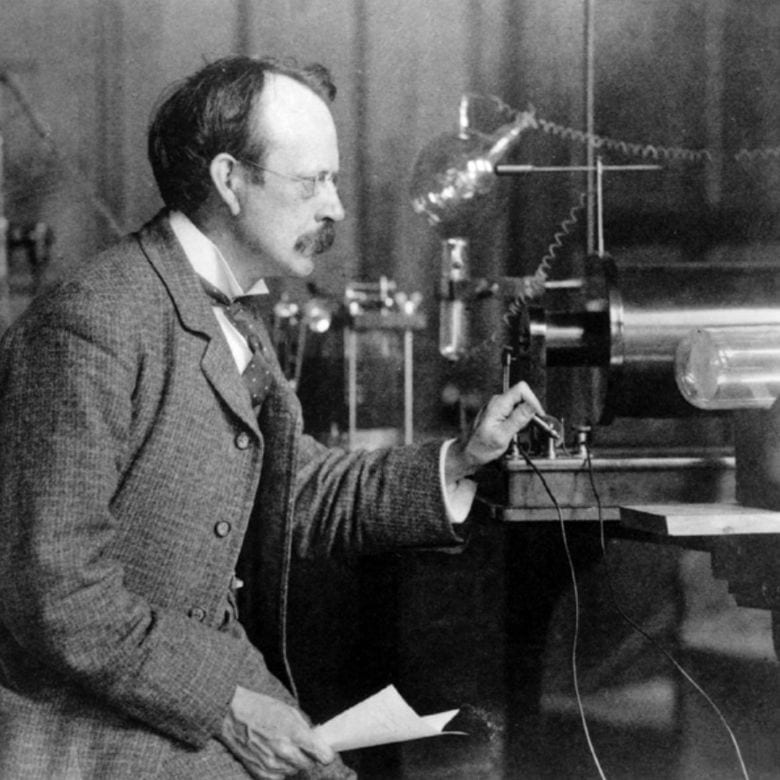
4: 20 February 20204 Edward Appleton (1892 – 1965) and JJ Thompson (1856 – 1940)
Edward Appleton from Bradford was for a time the world authority on the ionosphere. His work was timely coinciding with the arrival of radio. JJ Thompson from Cheetham Hill went beyond Dalton’s work and discovered that you can pick apart an atom and look at its constituent parts.
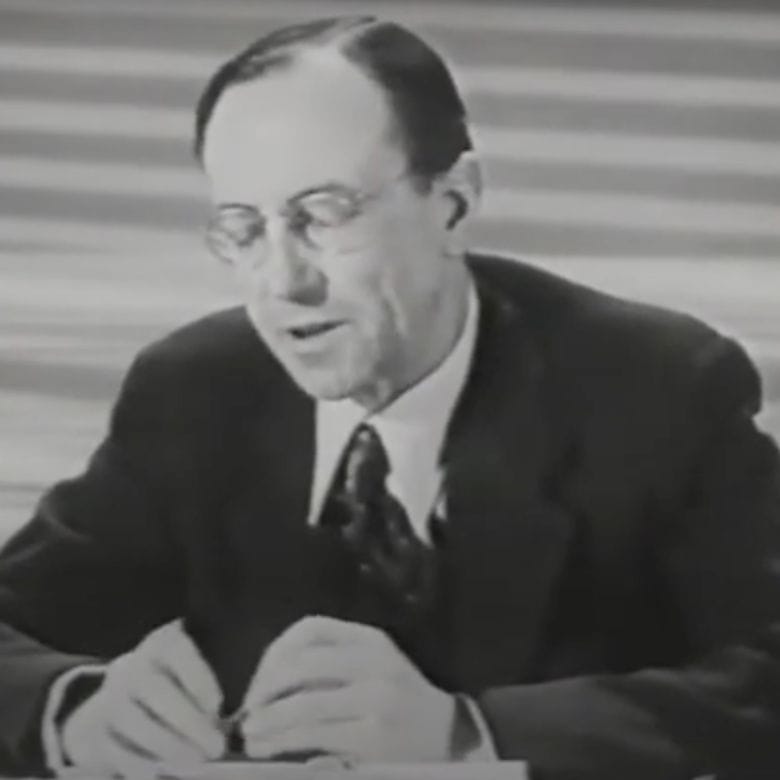
5: 5 March 2024 – Gilbert Walker (1891 – 1974) and James Chadwick (1868 – 1958)
Gilbert Walker was sent to India in 1904 to understand the Monsoon and provide weather forecasts. Analysing global weather phenomena is essential for our time but it was Walker who started it over 100 years ago. He also played a role in the story of the gifted mathematician – Srinivas Ramanujan who ended up in Trinity College in Cambridge between 194 and 1918.
James Chadwick from near Macclesfield discovered the Neutron, established the University of Liverpool as a centre for nuclear physics during the 1930s and helped ensure the UK had its own Nuclear Weapons after WW2.
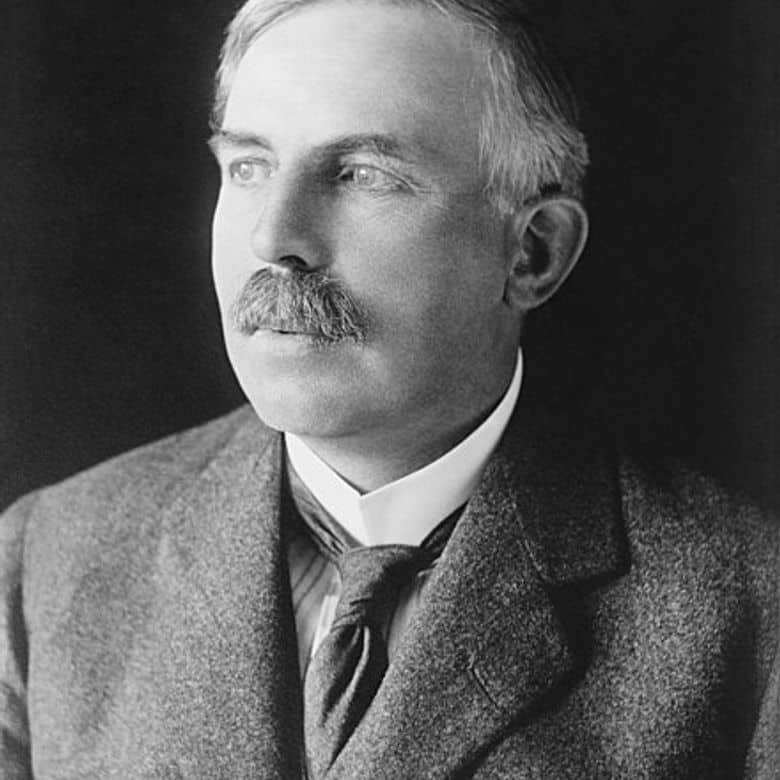
6: 19 March 2024 – Ernest Rutherford (1871 – 1937) and John Cockroft (1897 – 1967)
Originally from New Zealand, he made his mark in history with an experiment that helped establish the nature and size of the Atom. Through experiments, he demonstrated what John Dalton had theorised 30 hundred years earlier. Member of the Royal Society, Rutherford established that most of the mass of an atom is locked away in a tiny nucleus and was awarded the Nobel Prize in 1908. He succeeded JJ Thompson as the professor of the Cavendish Laboratory in Cambridge. Typically, the atom is around a thousand times larger than the nucleus. Short audio recordings of his 1931 lecture at the university of Goettingen.

7: 2 April 2024- Fredrick Williams (1911 – 1977) and Alan Turing (1912 – 1954)
Manchester can claim many first. The execution of a stored program stored in memory on 24 June 1948 stands out. It was the development of digital random access memory by Freddy Williams (from Stockport) along with Tom Kilburn from Dewsbury and Geoff Tootill from Chaderton that made this achievement possible. Alan Turing came to Manchester later in 1948 because it was the only place where he could put into practice his thinking on the universality of computers. I learnt about his family links with India and Ireland. This episode includes an extract, not in his voice, from his 1951 BBC broadcast, Can Computers Think?

8: 16 Apr2024-Bernard Lovell (1913 – 2012) and Series Review
The fully steerable 75m Lovell Telescope (Jodrell Bank) has become an icon for the city of Manchester despite being located 30km away. The story of its construction in 1950’s Britain is fascinating by itself not to mention its role in the early days of the Space Race. But it is the story of Lovell himself, a scientist with a keen interest in building radio devices amid a World War that is particularly interesting.
In this episode, I only get to touch the surface of his many wartime contributions including in H2S based on the top secret device Cavity Magnetron and his many high-level contacts. I include clips from oral history recorded in 1987 by the Imperial War Museum.
